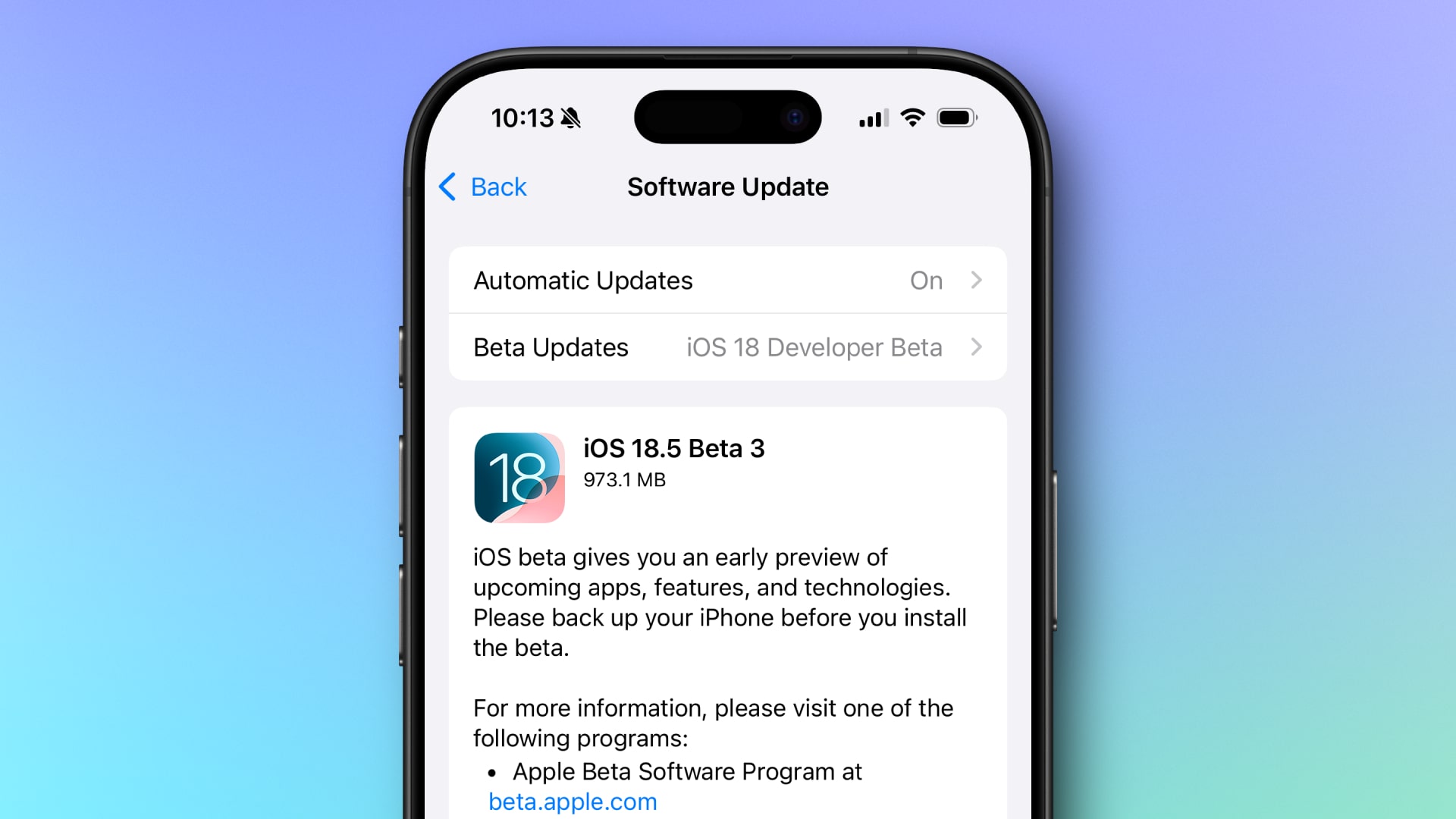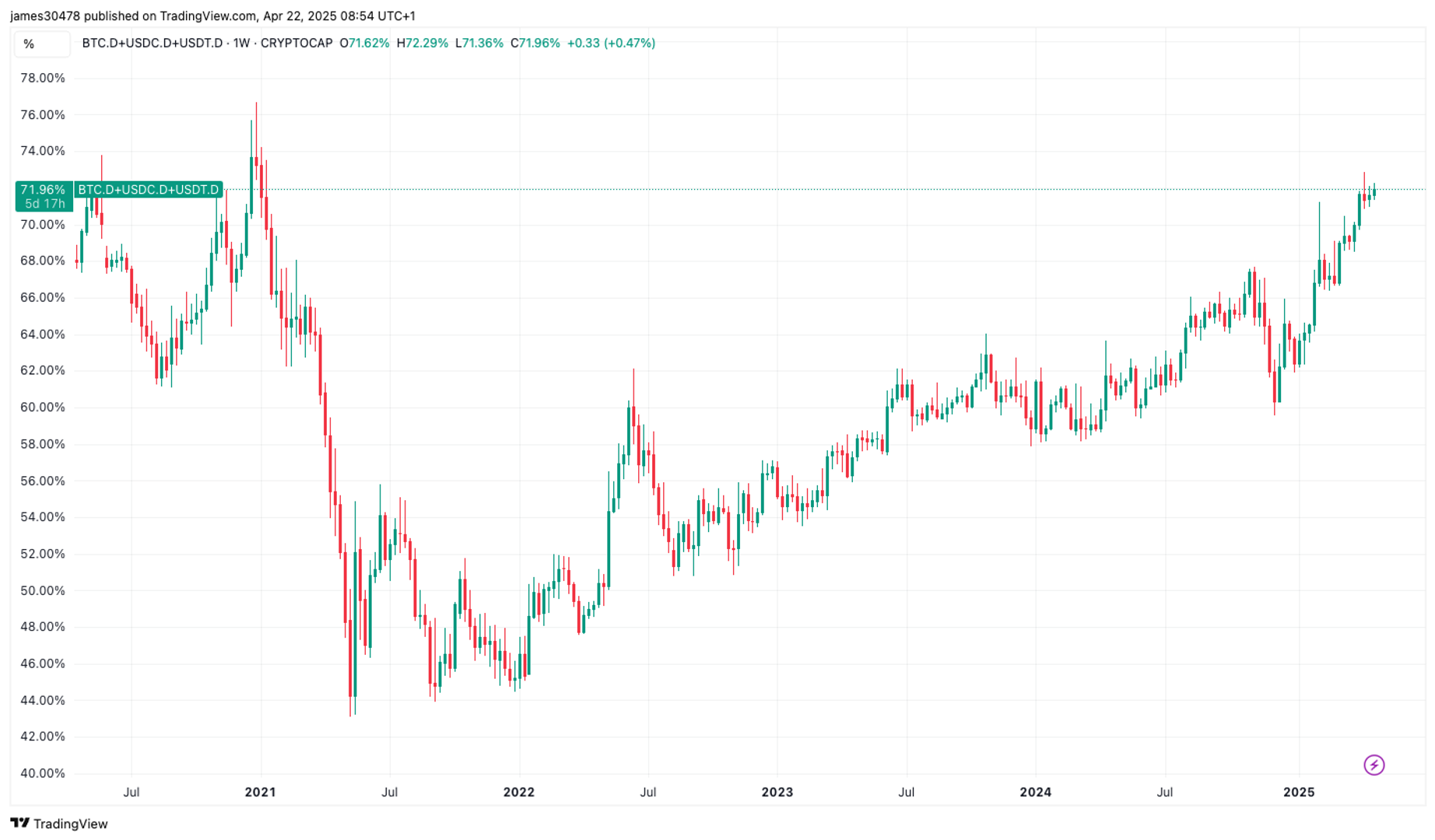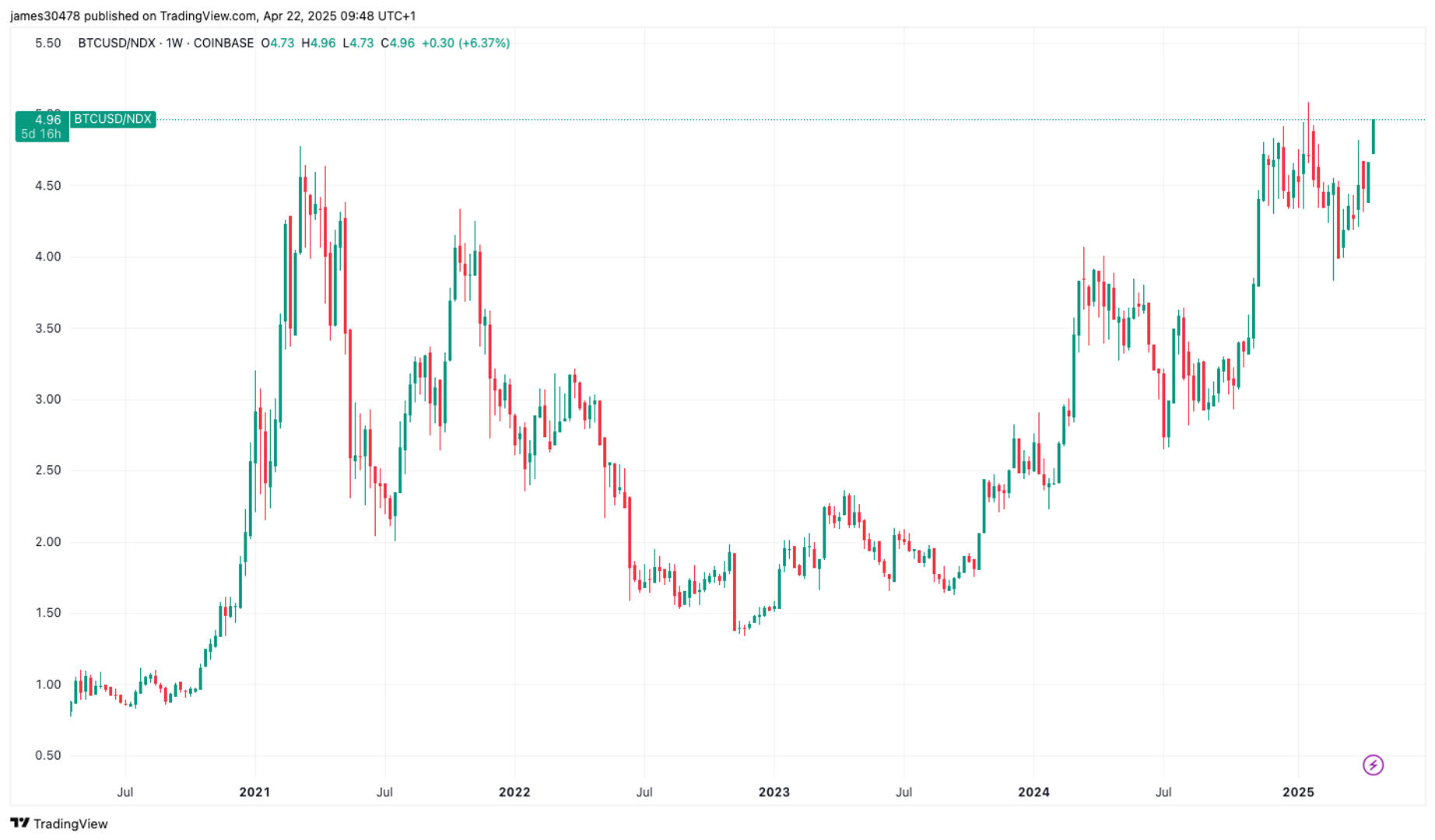20-Point Checklist Before Choosing a CI/CD Tool
CI/CD tools can transform your workflow — or derail it. Whether you're a solo dev or part of a large engineering team, selecting the right platform is critical for speed, scalability, and sanity. Use this 20-point checklist to make a confident, future-proof choice. 1. Define your deployment needs Start by clarifying how and where you deploy — containers, VMs, serverless, or static? On-prem or cloud? This determines your must-have integrations and architecture requirements. 2. Determine your supported environments Make sure the tool supports your stack — from Node.js and Python to Java, Docker, or ARM builds. It should accommodate all the environments your team uses. 3. Identify your branching strategy Does the tool support trunk-based development, GitFlow, or your custom branching strategy? It should make merging and releasing clean and conflict-free. 4. Evaluate pipeline configuration style YAML files, GUI editors, or both? Choose a tool with a pipeline configuration format your team is comfortable with — and that supports versioning. 5. Assess learning curve Onboarding matters. If your team can’t understand how to build and maintain pipelines quickly, that tool will become a bottleneck instead of a solution. 6. Check for pre-built templates Good CI/CD tools come with starter workflows and reusable blocks. This speeds up onboarding, avoids boilerplate, and ensures best practices. 7. Review available integrations Does the platform support GitHub, GitLab, Bitbucket, Docker Hub, Slack, AWS, or Terraform out of the box? Fewer workarounds = smoother workflow. 8. Confirm secrets management options Secrets like API keys and SSH tokens must be stored securely. Your CI/CD tool should support encrypted secrets, ideally with rotation policies and audit trails. 9. Check caching and performance features Features like dependency caching, parallel jobs, or remote runners can drastically reduce build times. Evaluate the performance-boosting options. 10. Look at pricing models Free for open source? Pay per seat? Usage-based? Understand the pricing structure and how it scales with your team’s growth and pipeline complexity. 11. Investigate self-hosting options Do you need to host CI/CD internally for compliance or control? Some tools offer hybrid or fully self-hosted modes — not all do. 12. Check audit and logging features Logs should be detailed, searchable, and exportable. Auditing is especially important in regulated or multi-user environments. 13. Ensure pipeline visibility and monitoring Look for visual dashboards, status badges, and alerting capabilities so you can quickly detect failed builds or long-running jobs. 14. Test for flexibility and customization The tool should support scripting, custom plugins, or integrations. Your workflows shouldn’t be boxed into rigid templates. 15. Evaluate deployment support Can it do blue-green deployments, rollbacks, or canary releases? Deployment features matter just as much as build features. 16. Review security posture How does the tool handle vulnerabilities, sandboxing, access control, or supply chain risks? Ask to see their security docs or audits. 17. Verify compliance certifications If you operate in regulated industries, make sure the vendor meets compliance standards (SOC 2, ISO 27001, GDPR, etc.). 18. Ask about support and SLAs Is support limited to community forums, or do they offer premium support and SLAs? Consider this if CI/CD is business-critical. 19. Read the roadmap What’s in the pipeline for the tool itself? A healthy roadmap with active development signals long-term viability and evolving features. 20. Run a real-world test Set up a test pipeline for one of your real projects. It’s the best way to evaluate how well the tool fits your needs in practice — not just theory. Conclusion A great CI/CD tool becomes invisible — it just works. This checklist helps you ask the right questions up front so that you don’t waste time or resources on the wrong platform. Evaluate slowly, test deeply, and commit with confidence. If this helped streamline your tool selection, you can support me here: buymeacoffee.com/hexshift

CI/CD tools can transform your workflow — or derail it. Whether you're a solo dev or part of a large engineering team, selecting the right platform is critical for speed, scalability, and sanity. Use this 20-point checklist to make a confident, future-proof choice.
1. Define your deployment needs
Start by clarifying how and where you deploy — containers, VMs, serverless, or static? On-prem or cloud? This determines your must-have integrations and architecture requirements.
2. Determine your supported environments
Make sure the tool supports your stack — from Node.js and Python to Java, Docker, or ARM builds. It should accommodate all the environments your team uses.
3. Identify your branching strategy
Does the tool support trunk-based development, GitFlow, or your custom branching strategy? It should make merging and releasing clean and conflict-free.
4. Evaluate pipeline configuration style
YAML files, GUI editors, or both? Choose a tool with a pipeline configuration format your team is comfortable with — and that supports versioning.
5. Assess learning curve
Onboarding matters. If your team can’t understand how to build and maintain pipelines quickly, that tool will become a bottleneck instead of a solution.
6. Check for pre-built templates
Good CI/CD tools come with starter workflows and reusable blocks. This speeds up onboarding, avoids boilerplate, and ensures best practices.
7. Review available integrations
Does the platform support GitHub, GitLab, Bitbucket, Docker Hub, Slack, AWS, or Terraform out of the box? Fewer workarounds = smoother workflow.
8. Confirm secrets management options
Secrets like API keys and SSH tokens must be stored securely. Your CI/CD tool should support encrypted secrets, ideally with rotation policies and audit trails.
9. Check caching and performance features
Features like dependency caching, parallel jobs, or remote runners can drastically reduce build times. Evaluate the performance-boosting options.
10. Look at pricing models
Free for open source? Pay per seat? Usage-based? Understand the pricing structure and how it scales with your team’s growth and pipeline complexity.
11. Investigate self-hosting options
Do you need to host CI/CD internally for compliance or control? Some tools offer hybrid or fully self-hosted modes — not all do.
12. Check audit and logging features
Logs should be detailed, searchable, and exportable. Auditing is especially important in regulated or multi-user environments.
13. Ensure pipeline visibility and monitoring
Look for visual dashboards, status badges, and alerting capabilities so you can quickly detect failed builds or long-running jobs.
14. Test for flexibility and customization
The tool should support scripting, custom plugins, or integrations. Your workflows shouldn’t be boxed into rigid templates.
15. Evaluate deployment support
Can it do blue-green deployments, rollbacks, or canary releases? Deployment features matter just as much as build features.
16. Review security posture
How does the tool handle vulnerabilities, sandboxing, access control, or supply chain risks? Ask to see their security docs or audits.
17. Verify compliance certifications
If you operate in regulated industries, make sure the vendor meets compliance standards (SOC 2, ISO 27001, GDPR, etc.).
18. Ask about support and SLAs
Is support limited to community forums, or do they offer premium support and SLAs? Consider this if CI/CD is business-critical.
19. Read the roadmap
What’s in the pipeline for the tool itself? A healthy roadmap with active development signals long-term viability and evolving features.
20. Run a real-world test
Set up a test pipeline for one of your real projects. It’s the best way to evaluate how well the tool fits your needs in practice — not just theory.
Conclusion
A great CI/CD tool becomes invisible — it just works. This checklist helps you ask the right questions up front so that you don’t waste time or resources on the wrong platform. Evaluate slowly, test deeply, and commit with confidence.
If this helped streamline your tool selection, you can support me here: buymeacoffee.com/hexshift












































































































































































![[The AI Show Episode 144]: ChatGPT’s New Memory, Shopify CEO’s Leaked “AI First” Memo, Google Cloud Next Releases, o3 and o4-mini Coming Soon & Llama 4’s Rocky Launch](https://www.marketingaiinstitute.com/hubfs/ep%20144%20cover.png)
















































































































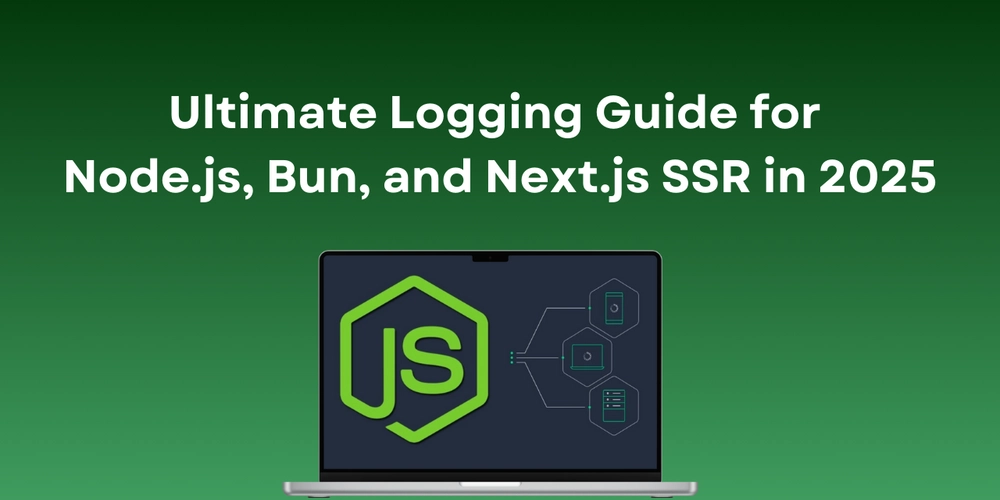
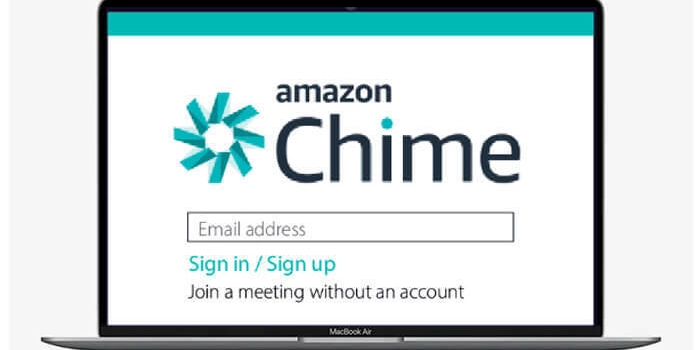
















![From fast food worker to cybersecurity engineer with Tae'lur Alexis [Podcast #169]](https://cdn.hashnode.com/res/hashnode/image/upload/v1745242807605/8a6cf71c-144f-4c91-9532-62d7c92c0f65.png?#)























![BPMN-procesmodellering [closed]](https://i.sstatic.net/l7l8q49F.png)





















































































.jpg?#)
.jpg?#)



































.webp?#)





























































































![CarPlay app with web browser for streaming video hits App Store [U]](https://i0.wp.com/9to5mac.com/wp-content/uploads/sites/6/2024/11/carplay-apple.jpeg?resize=1200%2C628&quality=82&strip=all&ssl=1)



![What’s new in Android’s April 2025 Google System Updates [U: 4/21]](https://i0.wp.com/9to5google.com/wp-content/uploads/sites/4/2025/01/google-play-services-3.jpg?resize=1200%2C628&quality=82&strip=all&ssl=1)











![Apple Releases iOS 18.5 Beta 3 and iPadOS 18.5 Beta 3 [Download]](https://www.iclarified.com/images/news/97076/97076/97076-640.jpg)
![Apple Seeds visionOS 2.5 Beta 3 to Developers [Download]](https://www.iclarified.com/images/news/97077/97077/97077-640.jpg)
![Apple Seeds tvOS 18.5 Beta 3 to Developers [Download]](https://www.iclarified.com/images/news/97078/97078/97078-640.jpg)
![Apple Seeds watchOS 11.5 Beta 3 to Developers [Download]](https://www.iclarified.com/images/news/97079/97079/97079-640.jpg)



















